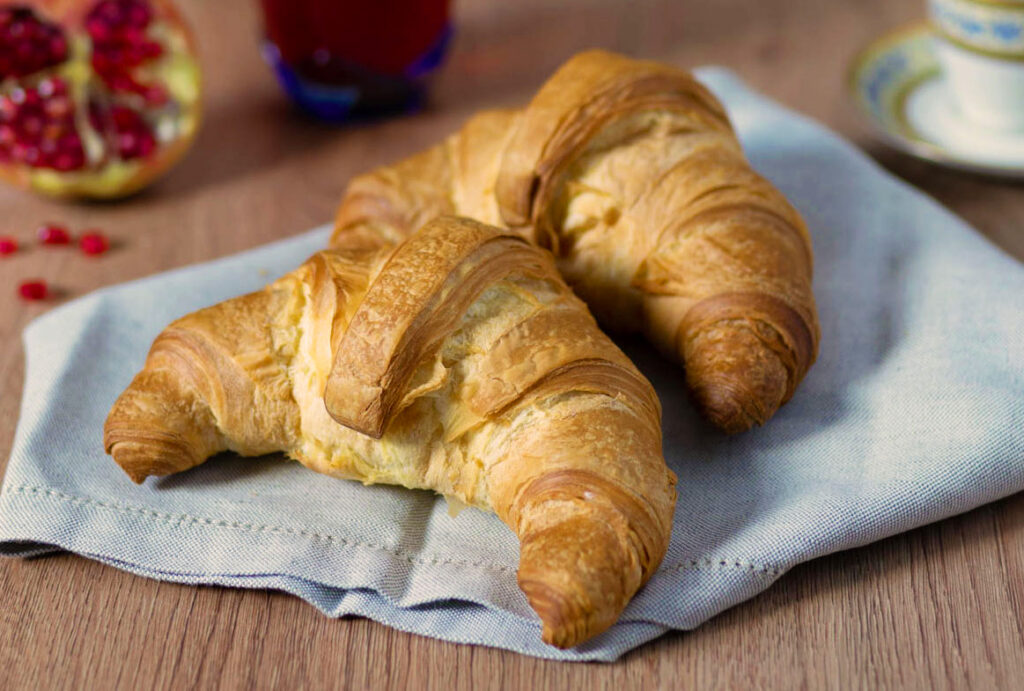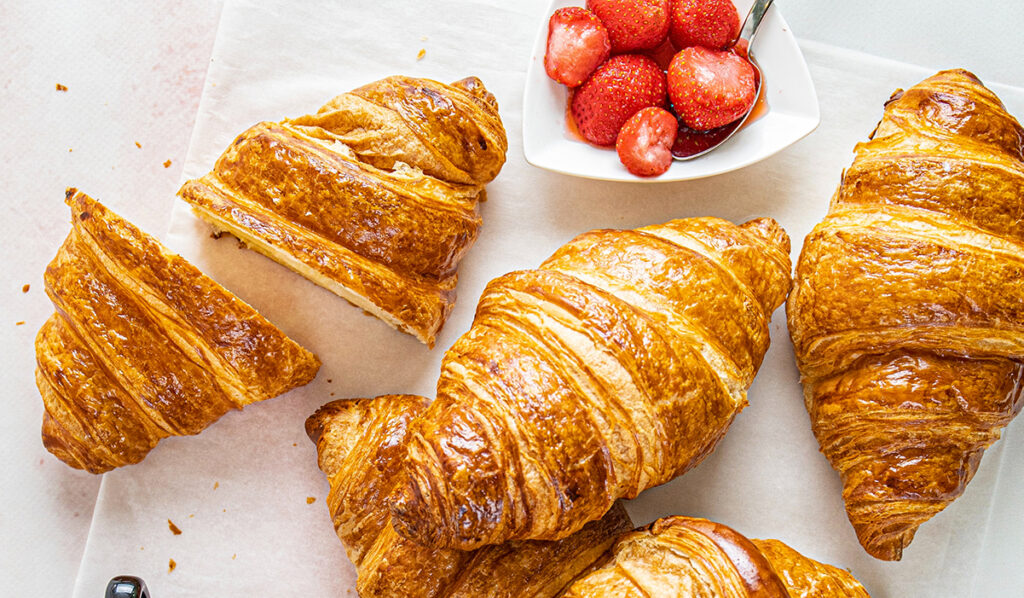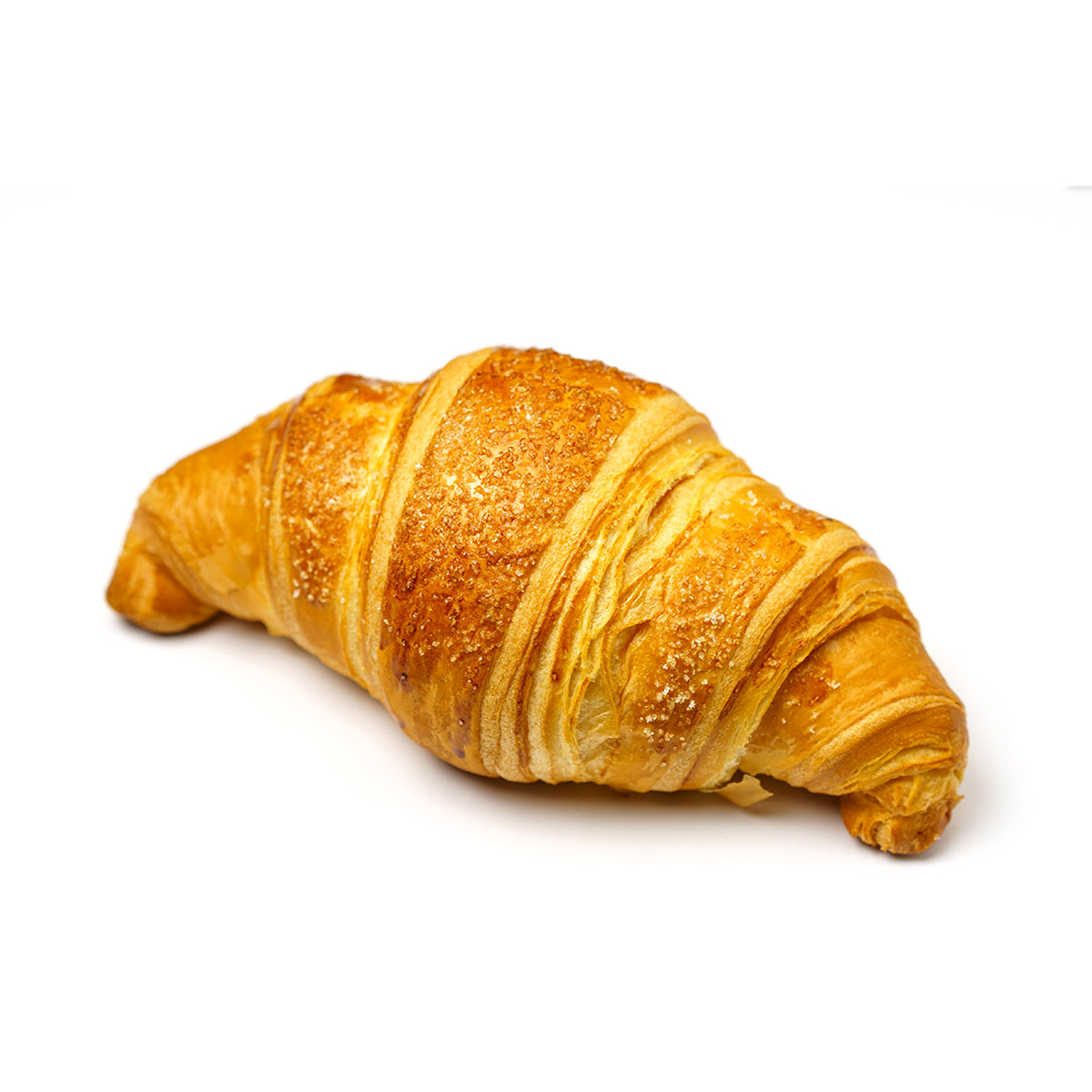Breakfast represents one of the most dynamic and growing segments of the Italian food industry. In a slowing away-from-home market, with visits expected to decline by 1.6% in 2025, breakfast emerges as the only real positive exception, representing an extraordinary opportunity for industry players. This article provides an in-depth analysis of the Italian breakfast market, exploring consumer data, emerging trends, and growth opportunities for frozen semi-finished product manufacturers and distributors.
Market value: clear numbers
The away-from-home breakfast market in Italy is worth €6.3 billion in spending, with €2.2 billion consumed annually. This impressive figure demonstrates the strategic importance of this moment of consumption for the entire Italian food supply chain.
Breakfast resists the away-from-home crisis
Breakfast was the only consumption occasion to show growth in 2024, with an increase of 0.7%, bucking the general market slowdown. This data is even more significant considering that evening bars saw a decline of 2.7% and daytime bars a decline of 1.7%.
Despite the slowdown in out-of-home consumption, with a 0.7% drop in visits, more and more consumers are choosing to buy breakfast at the bar. This apparent contradiction can be explained by a shift in spending priorities: consumers, despite going out less overall, maintain or increase their out-of-home breakfast frequency because it is perceived as more affordable than evening dining.

Who eats breakfast at the bar: customer profile
Habits and preferences
Italians eat breakfast at home on average more than six days a week, while at the bar once every two weeks. However, those who eat breakfast at the bar dedicate more time to this moment, stopping for an average of 20 minutes compared to 15 minutes for breakfast at home.
This data is crucial: breakfast at the bar is not a choice dictated by haste, but a social and enjoyable moment. Those who go to the bar are looking for an experience, not just a product.
What Italians order
The preferences are clear and well-defined:
Drinks:
Coffee in all its forms is the undisputed king: 68% of those who eat breakfast at the bar drink it always or often. After coffee and cappuccino, we find milk (12%), followed by fruit juices, smoothies, and tea.
Food:
At the bar, 68% of consumers choose the classic brioche or croissant always or often. Followed by other types of pastries or cakes (18%) and cakes (10%).
Prices at the counter
A coffee at the counter costs an average of €1.17, a cappuccino reaches €1.64, plain croissants €1.22, and filled croissants €1.39. Prices have increased in recent years, but remain affordable compared to other consumption opportunities.
Geographical variability: Coffee and cappuccino cost significantly more in the Northeast and less in the Center-South and the Islands, where brioche is also cheaper.
A rapidly growing market
In 2024, frozen products distributed in Italy totaled over 1 million tons, an increase of 2.4% compared to the previous year. Turnover reached €5.7 billion, an increase of 1.8%.
The first half of 2025 confirmed this trend, with volume growth of 1.8% compared to the same period of the previous year. These data demonstrate that frozen foods are now an established component of the Italian food system.
Frozen bakery products: global outlook
Globally, the frozen bakery market is expected to reach $16.53 billion by 2031, with a compound annual growth rate (CAGR) of 5.1%. Growth is driven by the growing demand for convenience foods and the rise of busy lifestyles, which favor ready-to-eat baked goods.

Benefits for operators
For bars and pastry shops, frozen semi-finished products are an ideal solution:
– Consistent quality: each product is identical, ensuring high standards
– Waste reduction: only what’s needed is prepared
– Staff optimization: fewer technical skills required
– Flexibility: ability to test new products without major investments
– Simplified management: no sourdough starter to refresh, no overnight dough preparation
Industrial chains are gaining ground primarily by supplying semi-finished and frozen products to traditional pastry shops, allowing even small businesses to offer a wider range of products while maintaining low costs.
Growth opportunities for the supply chain
1. Segmenting the offering by target audience
The polarization of the market is evident: low-end (-5%) and mid-range (-2%) restaurants are slowing, while the premium segment is growing (+6%). This also applies to breakfast.
Opportunity: Develop differentiated product lines:
– Entry level: classic products at an affordable price for everyday consumption
– Premium: specialties with selected ingredients for those seeking superior quality
– Functional: enriched, gluten-free, vegan, and protein products
2. Expand into off-peak hours
For cafés in Italy, breakfast is the main consumption occasion for 48% of establishments, followed by lunch (30%). Opportunity: Promote “extended breakfast” or “brunch,” leveraging baked goods also during the 10:00-12:00 time slots with targeted offers.
3. Engage with tourists
In 2024, foreign visitors to hospitality establishments will exceed 250 million, increasing by 6.8% compared to 2023, representing 54.6% of the total. Opportunity: Products that showcase the local area, multilingual packaging, and offerings that combine Italian tradition and international flavors.
4. Innovate with seasonal products
As highlighted by 2025 food trends, seasonality is a powerful driver. 2025 will be the year of botanical ingredients like lemongrass and bergamot, and bold flavors like Calabrian chili chocolate. Opportunity: Create seasonal limited editions that generate anticipation and frequent visits. Read also: How to differentiate your café’s offerings with seasonal products
5. Explore the Ho.Re.Ca channel
In 2025, brunch will consolidate as a format, with various variations: regional brunches focusing on typical Italian products, micro-pairings with natural wines and bitters, and experiential brunches with mandatory online reservations. Opportunity: Develop specific products for the advanced professional channel, with formats and presentations suited to brunch and catering.
Conclusions
The Italian breakfast market in 2025 represents an extraordinary opportunity for the entire supply chain. In a complex market environment, with declining out-of-home consumption and profound generational shifts, breakfast emerges as a resilient and growing segment.
The numbers speak for themselves: €6.3 billion in spending, €2.2 billion in consumption, and a positive trend that will continue into 2025. For producers and distributors of frozen semi-finished products, this means sustained demand, B2B customers seeking quality solutions, and opportunities for innovation in line with emerging trends.
The key to success will be knowing how to combine tradition and innovation, quality and convenience, perceived craftsmanship and production efficiency. Frozen semi-finished products, if intelligently presented and appropriately promoted, can be the perfect answer to these seemingly conflicting needs.



